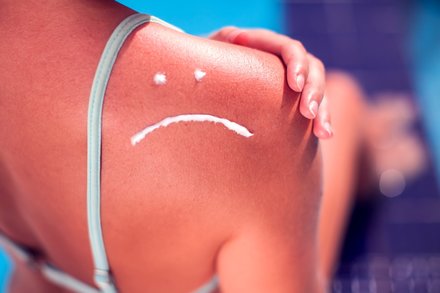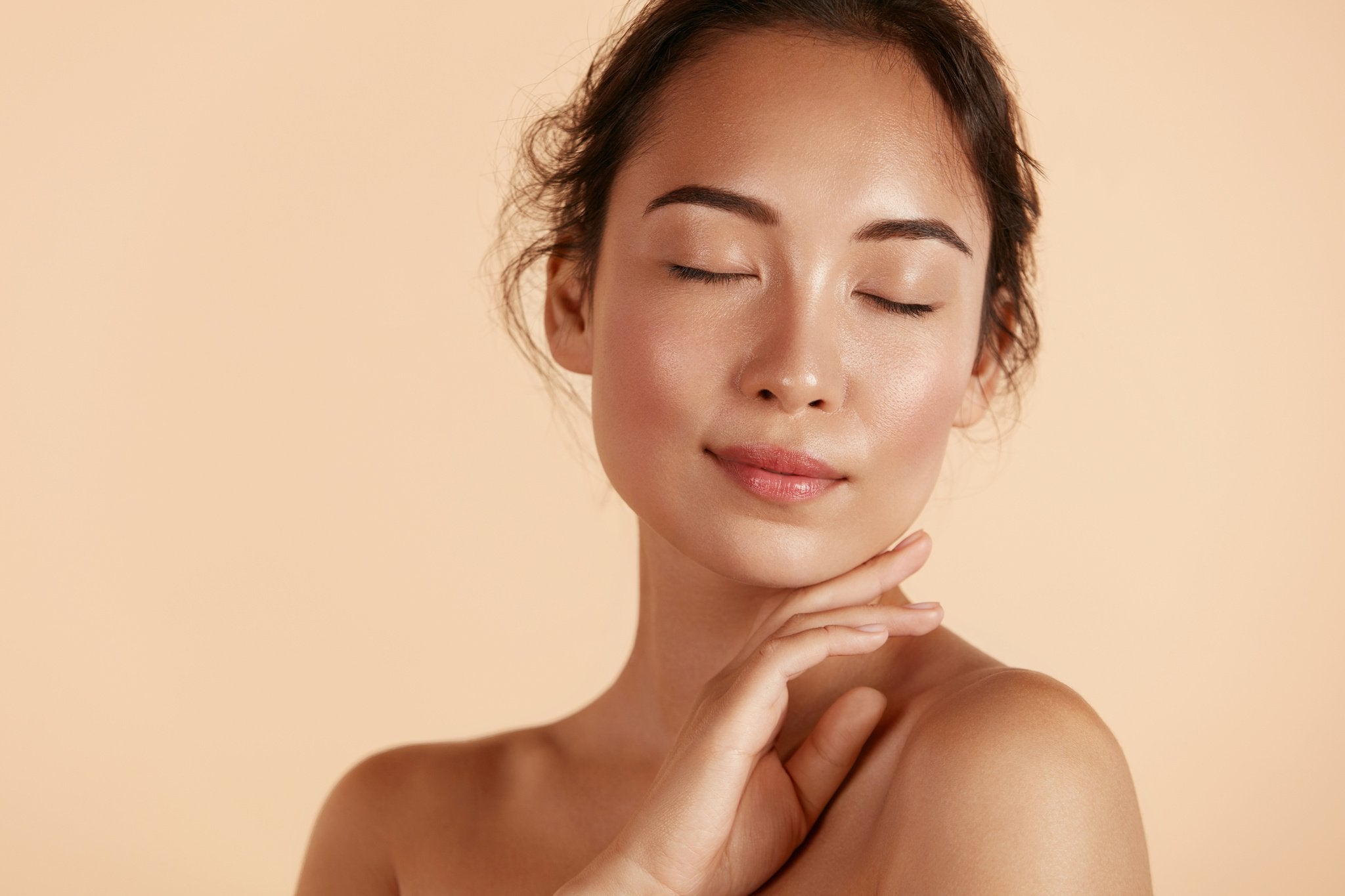Redness is one of the most common forms of skin discoloration and can be caused by various factors. Some redness is temporary, like red cheeks or a flushed face after an intense workout, and some redness is more permanent and severe, such as skin conditions like rosacea.
 Here are a few of the most common forms of skin redness and tips and tricks for avoiding and mitigating them.
Here are a few of the most common forms of skin redness and tips and tricks for avoiding and mitigating them.
1. Acne
Acne is one of the most common forms of skin redness. These red bumps form on the face and other parts of the body when your pores are clogged by dead skin cells and sebum, an oily substance that lubricates your hair and skin. If bacteria enters this clogged pore, it can trigger further inflammation and infection and cause more severe acne. If you are experiencing breakouts, avoid touching the impacted area to prevent bacteria from entering your skin.
While everyone is bound to get an acne spot or two now and again, the best way to avoid extensive breakouts and long-lasting scars is to regularly clean and scrub your face. This will help remove the dirt, oil, and dead skin cells from your pores and eliminate any bacteria. While it may seem counterproductive, moisturizing regularly can also help reduce breakouts by preventing your body from over-producing oils.
2. Allergic Reactions
An allergic reaction on your face or other parts of your body can lead to redness, swelling, flushed cheeks, blotchy skin, or other irritations. Many things can trigger an allergic reaction on your skin, including the foods you eat, the clothes you wear, and the products you apply to your skin.
To prevent redness caused by an allergic reaction, test any new skincare products you are using on a small area of your skin to see how your body will react before applying it to a large part of your body. Additionally, if you have sensitive skin, look for hypoallergenic products to ensure you are avoiding any products with additives that may trigger an allergic reaction.
Skin removal products, for example, can often lead to skin reactions and redness for those with sensitive skin. Nacach’s Ocean Blue Soft Wax is an excellent option for sensitive skin waxing. It contains soothing ingredients like hypoallergenic resins, and its low melting point helps reduce redness and irritation.
3. Skin Damage
One of the more common and less severe causes of red spots or patches is skin damage. This can be caused by a range of activities, from as simple as picking at acne, a scar, or a burn to long-term exposure to UV-rays from tanning beds, tanning booths, or sun lamps.
One form of damage that can lead to red and irritated skin is shaving and/or waxing. If done improperly, or for someone who has sensitive skin, waxing or shaving can lead to pesky redness on the legs, arms, and face.
An effective way to prevent irritation, scarring, and eventual discolorations from shaving and waxing is to apply anti-scarring and anti-bump topical creams. Nacach Post Wax Refreshing Gel has a potent yet refreshing property that helps reduce redness from hair bumps and skin irritation post waxing. Manufactured with the highest-grade natural ingredients, Nacach’s refreshing gel can be used to avoid short term bumps and redness and long term skin discoloration.
4. Chronic Skin Conditions
If you frequently notice red bumps or patches on your face or other areas of your skin, you may have a more severe skin condition. Skin conditions that cause redness and irritation include:
Eczema

This condition can create dry patches on your face and other parts of your body and make your skin red and itchy. It’s common in children but can occur at any age.
Rosacea

This is a common skin condition that causes the blood vessels on your face to become visible and results in redness and flushed cheeks. It may also cause small, red bumps to form on your skin.
Psoriasis

This skin disorder causes skin cells to multiply up to 10 times more rapidly than normal. This results in skin build-up and causes bumpy red patches covered with white scales to form on the skin.
These conditions can often be treated, and redness can be lessened with special medicated ointments and lotions. Additionally, wearing SPF when outdoors and avoiding any harsh skin products can help prevent further redness and irritation.
Takeaway
Skin redness can be caused by many different things and can present itself in a variety of different ways. Luckily, many forms of skin redness, like acne, sunburn, or an allergic reaction, are preventable and treatable. It is important to keep in mind that if you are experiencing any significant changes in your skin, such as unexplained skin redness, you should consult your doctor to confirm it is not a result of a more severe condition.




Leave a comment
This site is protected by hCaptcha and the hCaptcha Privacy Policy and Terms of Service apply.